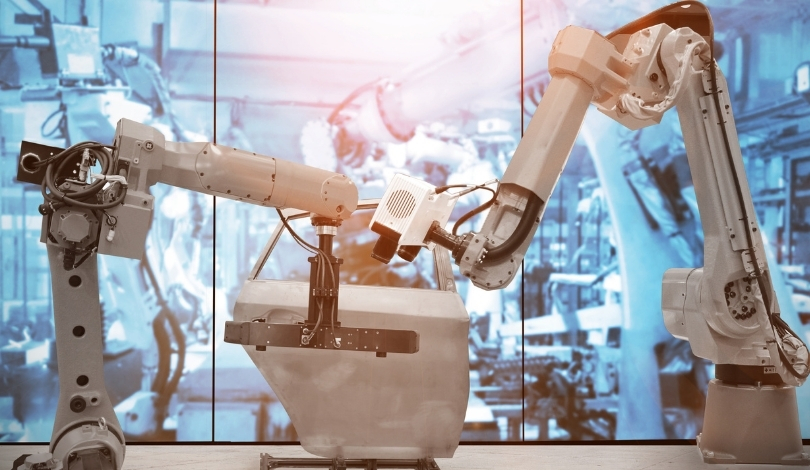In a significant achievement published by Advanced Science, the first electrocautery procedure using a team of millirobots, referred to as TrainBots, has been successfully demonstrated. This advancement highlights the potential for a collaborative approach in minimally invasive surgery. Unlike traditional methods that rely on single robots, the TrainBot team can generate significantly higher actuating force by forming a convoy, thus overcoming the challenges posed by slippery biological surfaces. This new technique could lead to more effective and less invasive medical procedures in the future.
Enhanced Locomotion and Actuating Force
The innovative feet design of the TrainBots enhances their propulsive capabilities by approximately three times, enabling them to efficiently navigate slippery biological tissues. By working together, these millirobots can generate nearly double the actuating force compared to a single TrainBot unit. This capability is crucial for carrying medical instruments, such as fluid catheters and electrical wires, through narrow biological lumens like bile ducts and intestines.
A human-scale permanent magnetic setup was developed to wirelessly control and actuate the TrainBot convoy. This technology enables the coordinated transport of heavy and lengthy loads through tight and complex biological pathways, thus expanding the potential applications of robotic assistance in medical procedures.
First Successful Electrocautery Procedure
The first electrocautery procedure using the TrainBots was performed to relieve a biliary obstruction. This procedure successfully opened a tunnel for fluid drainage and potential drug delivery. The collaborative approach of these small-scale robots signifies a significant step forward in the field of minimally invasive surgery, providing a platform for future developments in medical robotics.
Previous research on millirobots has primarily focused on individual units, which often struggled with the force required to navigate and perform tasks within biological lumens. This new approach of using a convoy of millirobots marks a departure from earlier techniques, offering enhanced stability and task execution. While earlier studies highlighted the challenges of locomotion and force generation on biological surfaces, this latest development provides a viable solution to these problems.
Compared to earlier robotic systems that were limited by their inability to effectively maneuver on slippery tissues or carry sufficient payloads, the TrainBot convoy demonstrates a more robust and versatile approach. This advancement could potentially revolutionize the field of endoscopic surgery, allowing for more complex and precise procedures to be performed with minimal invasiveness.
This advancement in millirobot technology represents a significant step toward more effective and less invasive medical procedures. By optimizing the design and coordination of these small-scale robots, researchers have opened new possibilities for the use of robotic convoys in various medical applications. Future developments could see these technologies being applied to a wider range of procedures, improving patient outcomes and expanding the capabilities of minimally invasive surgery.










